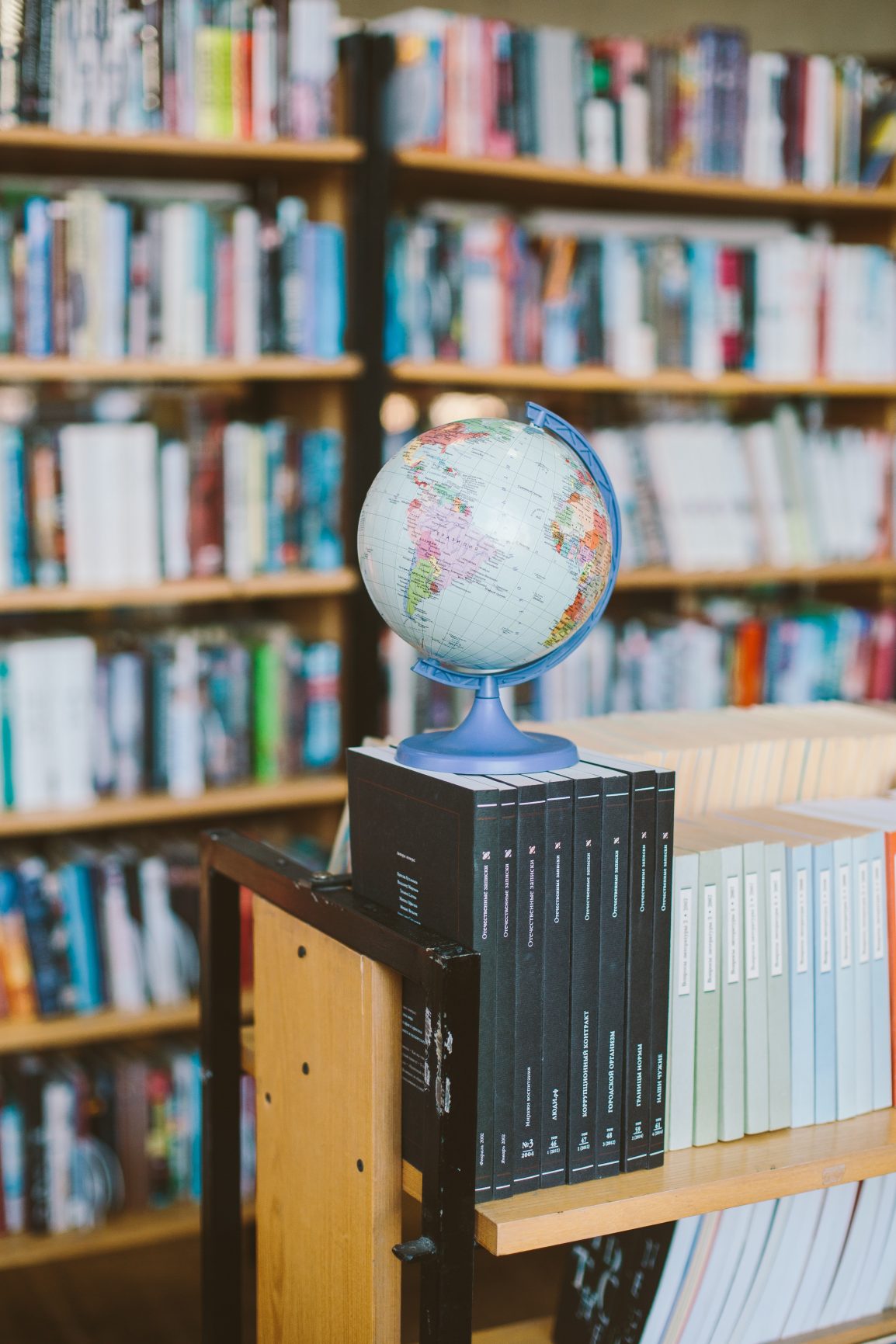As summer draws to an end, and schools begin to reopen, we can’t help but wonder what schools in other countries are doing to promote health safety and how other schools adapt to the pandemic. Are their methods better? Are they worse? Or, did they implement the same procedures as the majority of U.S. schools? I did some research to find out!
The United States
Many schools in the U.S. are giving their students an option to do online or in-person classes. However, with this option, many students choose to go back to school, and with skyrocketing COVID-19 cases, many schools have implemented a rotation schedule where half of the school goes on one day, and the other half goes on another. Although some schools have chosen to go completely online, many are still struggling to develop necessary health precautions for in-person schooling.
Australia
Australian schools recommended that 25 percent of their students go on campus a day, and they prioritize children of essential workers. They also staggered different arriving and departure times for children to prevent large crowds of people.
Denmark
Denmark was one of the first Western countries to reopen its schools. Schools sectioned off many younger children into “micro-groups” of twelve people. Each group had a different, staggered time for lunch and recess to avoid crowds, and parents were not allowed into the school. Classes were cleaned twice a day, and sometimes, classes were held outside.
Israel
Although Israel was initially successful at containing the spread of COVID-19, the reopening of schools has caused a spike in the number of cases. Because Israel reopened schools too soon and too hastily, it triggered a sharp spike in cases. Since then, many schools have closed again.
Japan
Compared to other nations, Japan took a more careful approach to reopening schools. For example, students went to school on a rotation schedule, and many schools enforced daily temperature checks. Even with these extra precautions, many students still tested positive for COVID-19. In fact, in Northern Japan, the second wave of COVID-19 hit after the country reopened.
Sweden
Sweden followed the freedom of choice approach. They recommended social distancing and masks but did not enforce it. Most schools never closed. Surprisingly, Sweden’s plan did not trigger a significant increase in cases. Take this with a grain of salt because officials reported that they were unsure how the virus affected teachers or students, and many organizations rated their reopening efforts an F.
Taiwan
Although schools have reopened, schools made masks mandatory. Schools also conduct necessary temperature checks where children with fevers get sent home. Additionally, schools have expanded eating areas, so students do not crowd around other people in a cafeteria.
Uruguay
Uruguay’s centralized government has enabled an extremely organized effort of reopening schools. Uruguay used a staged approach where rural communities reopened schools first, followed by non-urban areas, and finally, urban areas. Uruguay also adopted strict mask policies, a rotation schedule, and social distancing guidelines.
Conclusion
Unless all schools go online, there is no full-proof, 100% safe way to reopen schools. However, a 100% online learning option is not always feasible. As a result, schools should continue to take strict, necessary health measures to ensure their students’ well-being. These precautions should include a mandatory mask policy, daily temperature checks, social distancing, rotation schedules, and careful monitoring of cases. Schools should adapt to their community’s needs, and to guarantee that the new school year is successful, safety should be the main priority.
Sources/Read more at:
https://www.healthline.com/health-news/covid-19-countries-that-have-already-reopened-lessons
https://www.edweek.org/ew/articles/2020/06/11/how-schools-in-other-countries-have-reopened.html
https://time.com/5868098/schools-reopening-coronavirus-denmark-south-korea-israel/

